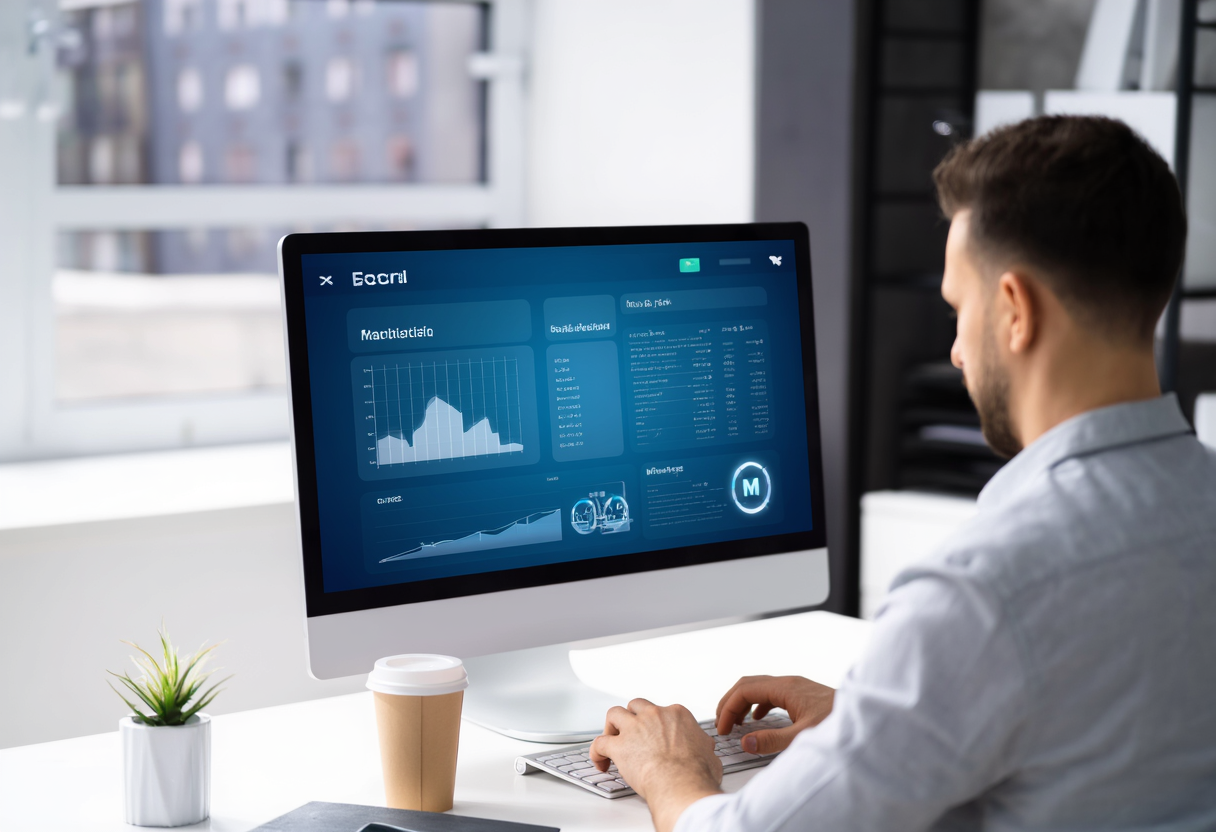Email Automation Marketing Best Practices: Driving Growth and Engagement
Implementing Email Automation Marketing best practices can significantly enhance customer engagement and drive business growth. This article reviews effective tactics, technology, and strategies to create successful automated campaigns. By utilizing the right tools and insights, businesses can streamline their marketing efforts and achieve better results.
Defining Best Practices in Email Automation Marketing
When considering Email Automation Marketing, identifying best practices is key to achieving optimal results. These guidelines ensure that marketers leverage automation effectively while maintaining a human touch. Personalization stands at the forefront—it allows businesses to communicate relevant and timely messages. This requires leveraging data to segment audiences and tailor content effectively. Moreover, incorporating automation triggers based on user behavior enhances engagement. By sending targeted emails at appropriate times, users feel valued and understood. Routine evaluations of campaign performance further promote adherence to best practices. Integration of technology tools ensures a streamlined approach that fosters innovation and adaptability.
Technology's Role in Email Automation Marketing
The integration of technology into Email Automation Marketing is transformative. Advanced marketing automation platforms offer comprehensive functionalities to streamline processes. They facilitate segmentation, analytics, and tracking, allowing for a data-driven approach. Utilizing tools such as chatbots, predictive analytics, and artificial intelligence can greatly enhance user engagement. Marketers can craft personalized experiences that resonate with consumers significantly better. Furthermore, technology aids in measuring performance against industry benchmarks. This analysis drives the optimization process, ensuring that marketing teams remain agile in a rapidly evolving digital landscape. Adopting the right technology can set businesses apart in the competitive market.
Successful Campaign Execution in Email Automation Marketing
Executing a successful Email Automation Marketing campaign demands attention to detail. The initial step involves establishing clear objectives that align with business goals. This provides direction for content creation and audience targeting. Subsequently, utilizing compelling subject lines is crucial for improving open rates. Following this, the body of the email should deliver valuable content that aligns with reader interests. Integration of calls-to-action should guide users effectively toward desired actions. Furthermore, ongoing maintenance of the email list is paramount; automating list clean-ups ensures that data remains current. Consistent follow-ups can nurture leads, encouraging deeper engagement.
Understanding Audience Behavior in Email Automation Marketing
A pivotal aspect of Email Automation Marketing lies in understanding audience behavior. Analyzing engagement data can reveal patterns that inform future campaigns. For instance, tracking opens, clicks, and conversion metrics provides insights into user preferences. Segmenting audiences based on engagement levels enables targeted messaging for varying interest groups. This deepened understanding of consumer behavior aids in refining campaigns over time. Personalizing interactions based on historical behaviors creates a customer-centric approach that resonates with the audience. Lastly, consistently refreshing content ensures that engagement remains elevated, preventing audiences from losing interest.
Continuous Improvement Through Metrics and Analysis
Continuous improvement is central to the success of Email Automation Marketing efforts. By consistently reviewing performance metrics, businesses can identify areas for growth. Key performance indicators (KPIs) such as open rates and conversions provide valuable insights into effectiveness. Furthermore, utilizing A/B testing helps understand what resonates best with audiences. Regular evaluations encourage the adjustment of strategies, maximizing impact. Employing user feedback and survey data can complete the cycle of improvement, ensuring that campaigns remain relevant. Adopting an agile mindset enables marketers to remain competitive in an ever-changing environment.
Future of Email Automation Marketing: Trends to Watch
As Email Automation Marketing evolves, emerging trends are worth noting. Greater personalization is set to dominate, propelled by advancements in data analytics and AI. User-generated content will gain traction, as brands seek authentic connections with their audiences. Moreover, interactive and visually engaging content will emerge as powerful tools in campaigns. As more people engage with content on mobile devices, optimizing email design for mobile viewing will be imperative. Marketers must keep evolving alongside technology to leverage these trends effectively. Embracing innovation will enhance the effectiveness of Email Automation Marketing strategies, ensuring continued success.
